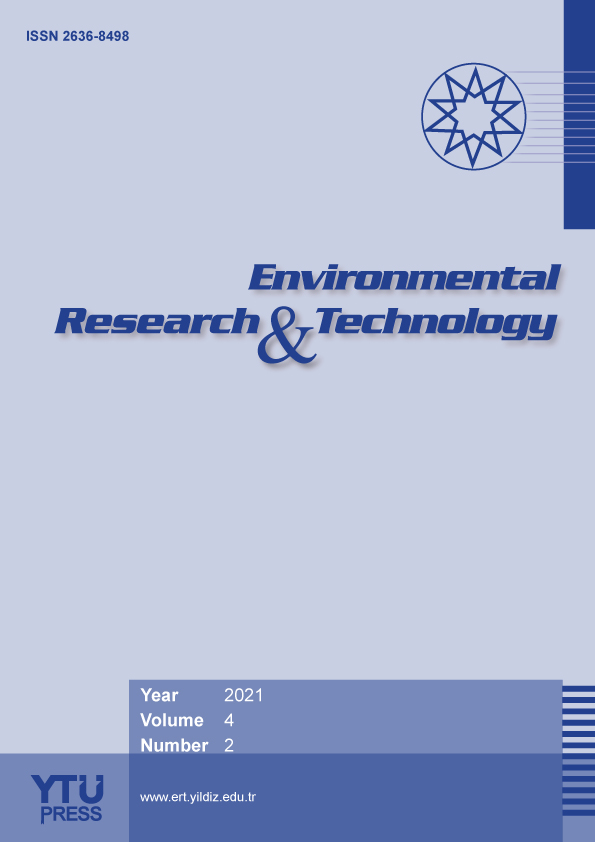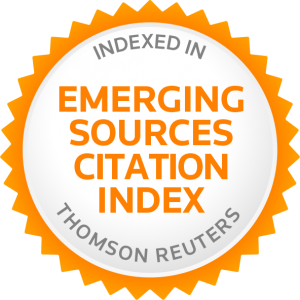2Van Yüzüncü Yıl University, Faculty of Engineering, Chemical Engineering Department, 65080, Van, TURKEY
Abstract
In the present study peach seed powder (PSP) was used as an adsorbent to remove Acid Blue 25 (AB25) a common basic dye, from aqueous solution. The adsorption experiments were carried out in a batch system and the effects of initial concentration, interaction time and temperature were investigated. The Langmuir, Freundlich and Temkin adsorption isotherms were used to model the equilibrium data. The kinetic parameters were determined by the pseudo first order (PFO), pseudo second order (PSO) and intra-particle diffusion (IPD) models. According to the results, the Freundlich isotherm model is a more convenient option compared with the Langmuir and Temkin models. The Freundlich model coefficients increased as the temperature increased, which shows that the adsorption process becomes more favorable with higher temperature. The experimental and calculated qe values close to one another indicated that this process fits the PSO kinetic model with higher R2 values than the other two models. Kinetic constants become closer to both the temperatures and initial concentrations and qe values increases with the increasing concentration of AB25. The initial dye concentration increased from 25 to 150 mg L-1, while the dye adsorption capacity onto PSP increased from 4.80 to 39.01 mg g-1, from 5.57 to 44.27 mg g-1 and from 6.80 to 49.22 mg g-1 for 298, 308 and 323 K, respectively. The monolayer adsorption capacity (qm) of PSP was determined to be 56.18, 64.94, 95.24 mg g-1 for 298, 308 and 323 K, respectively. Thermodynamic parameters for free energy (ΔG), enthalpy (ΔH) and entropy (ΔS) of the separation process were determined as -1737,1 J mol-1, 14.776 kJ mol-1 and 55,413 J mol-1, respectively. The negative values of ΔGo showed that this separation process was endothermic and natural. The results of the present study demonstrated that PSP can be used as an alternative material in dye removal.











